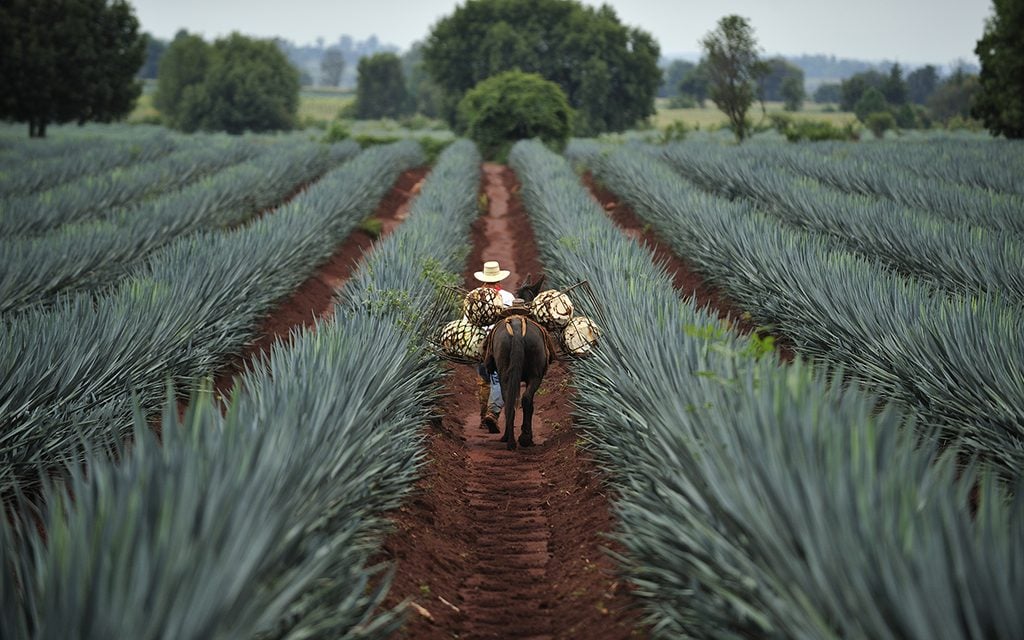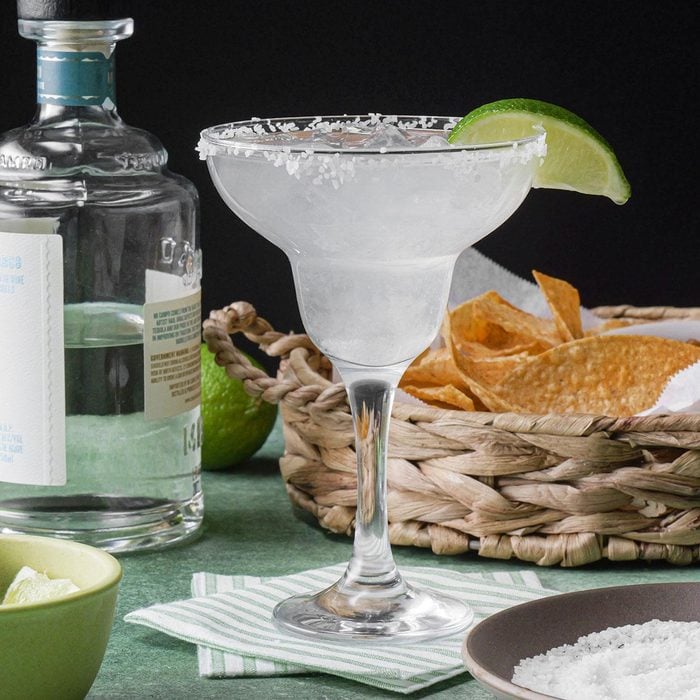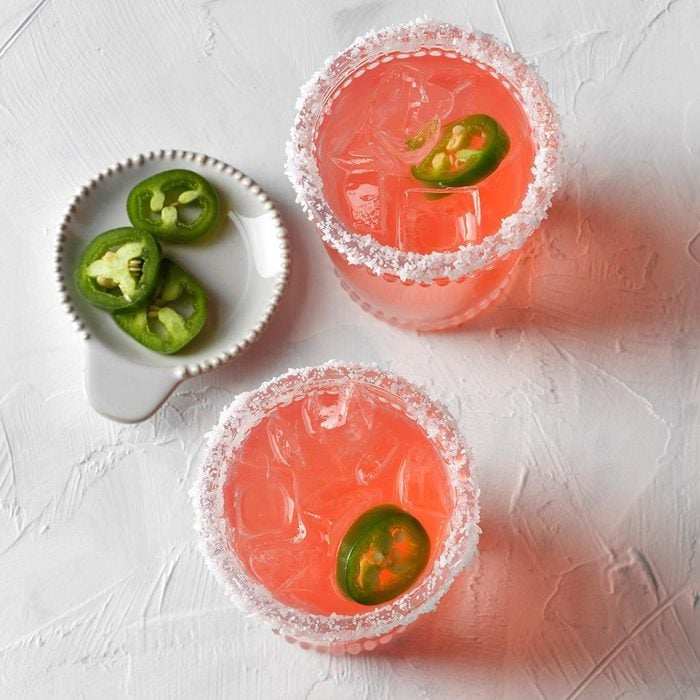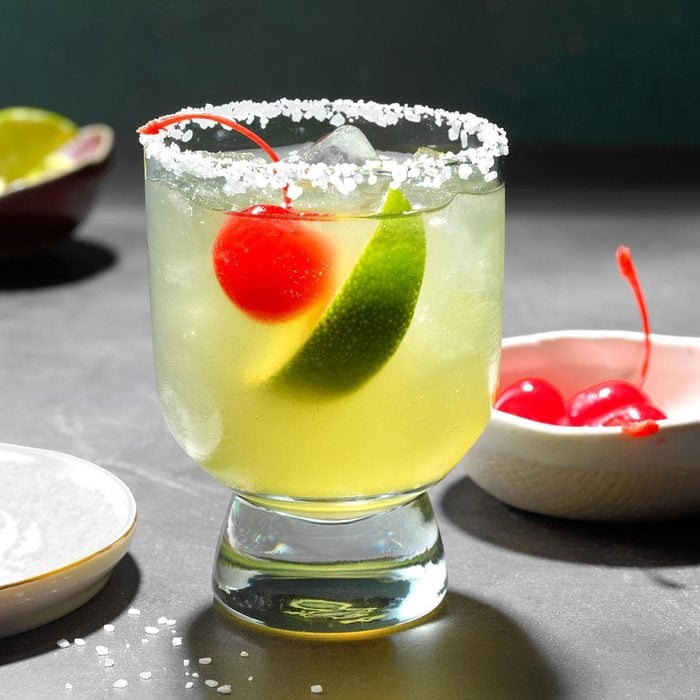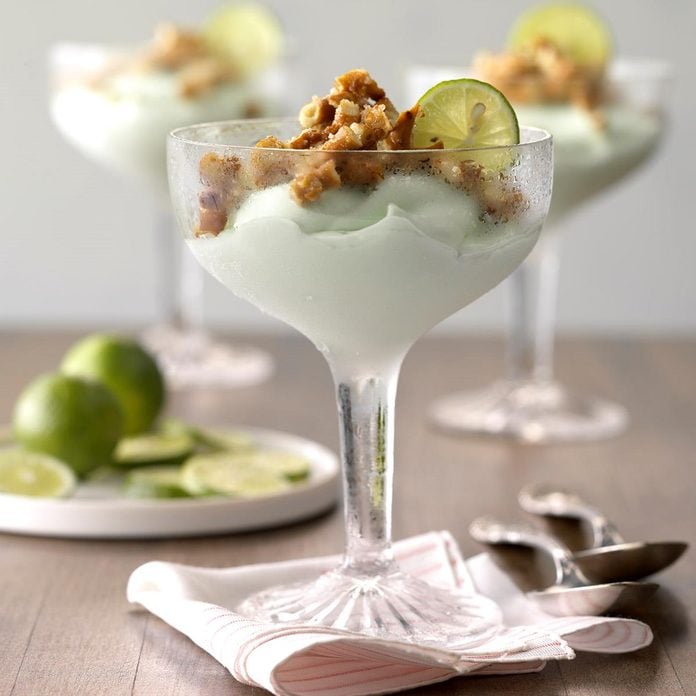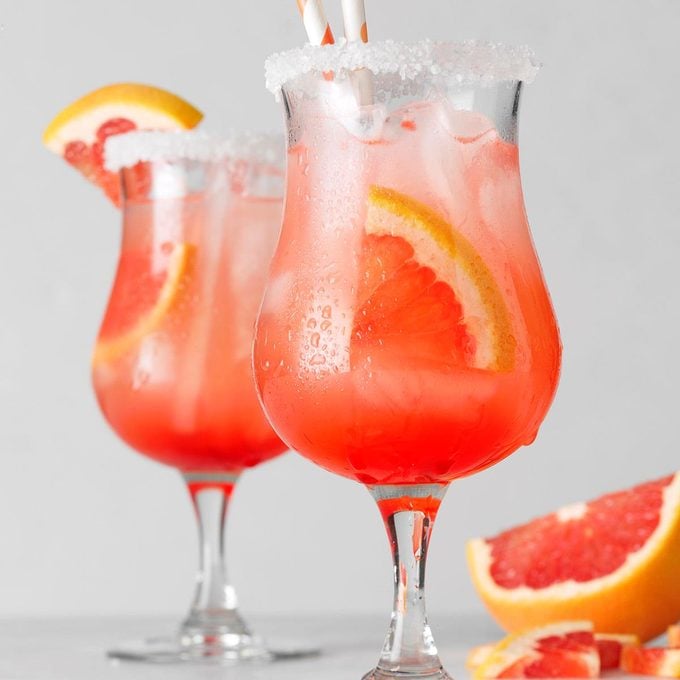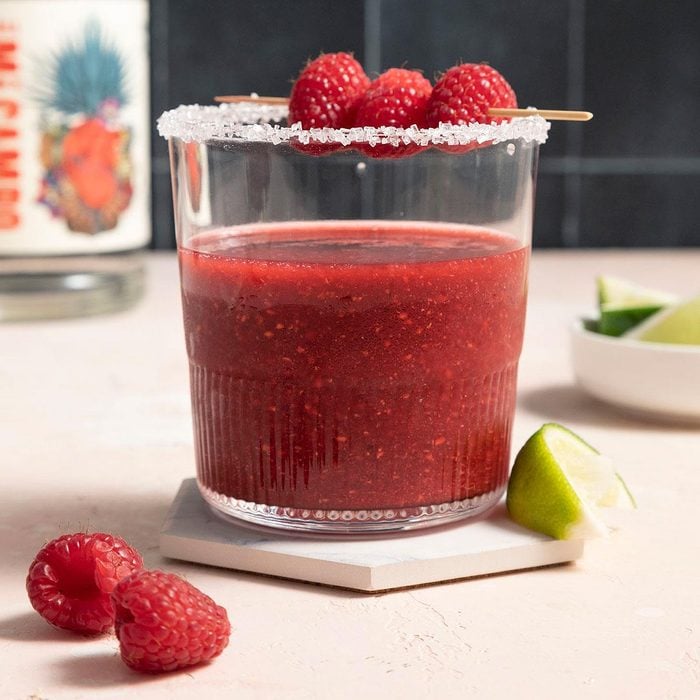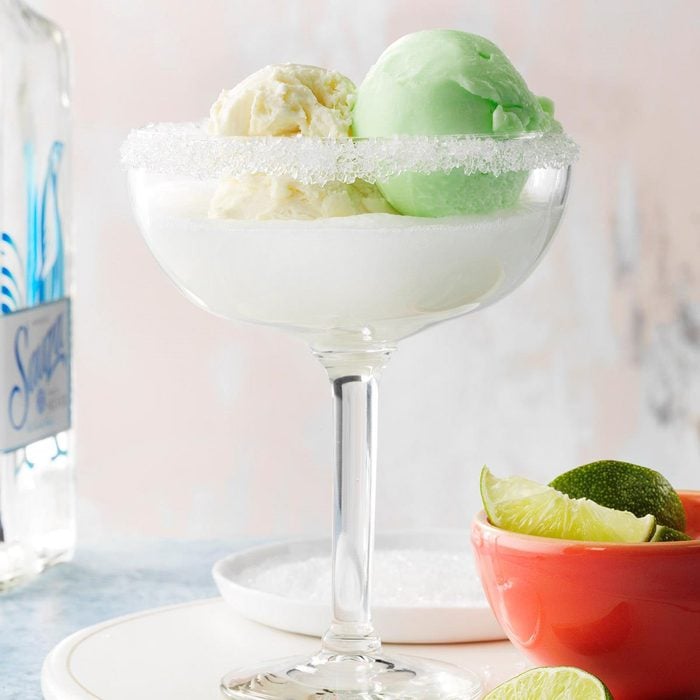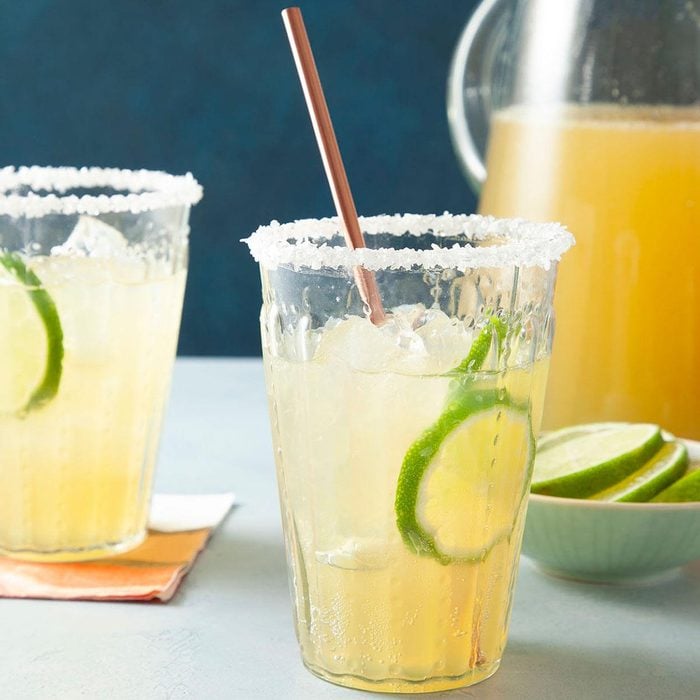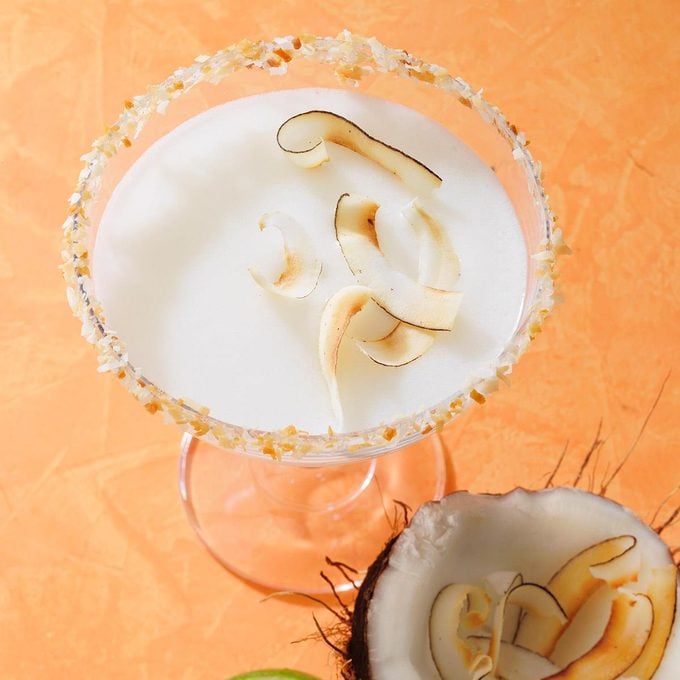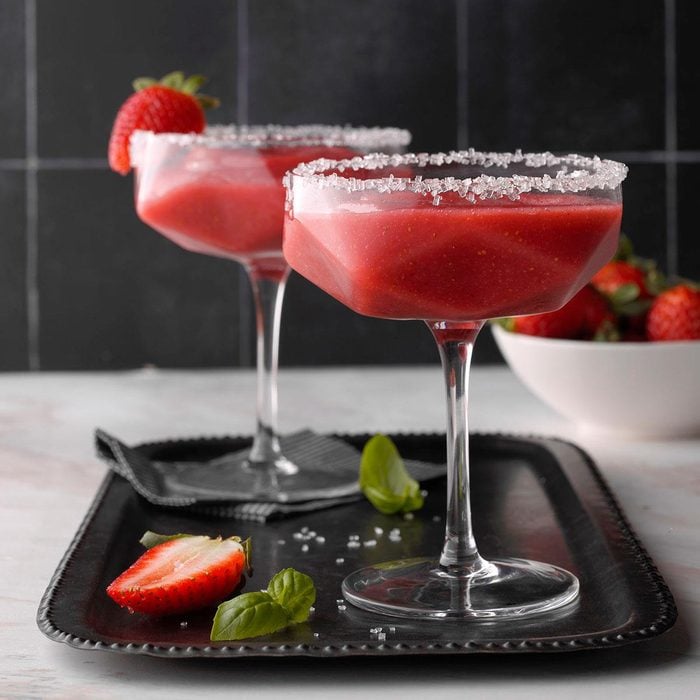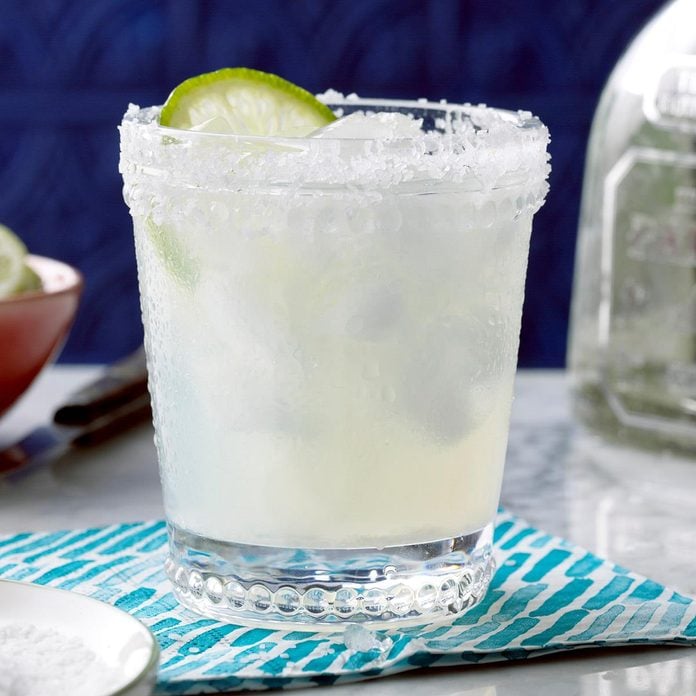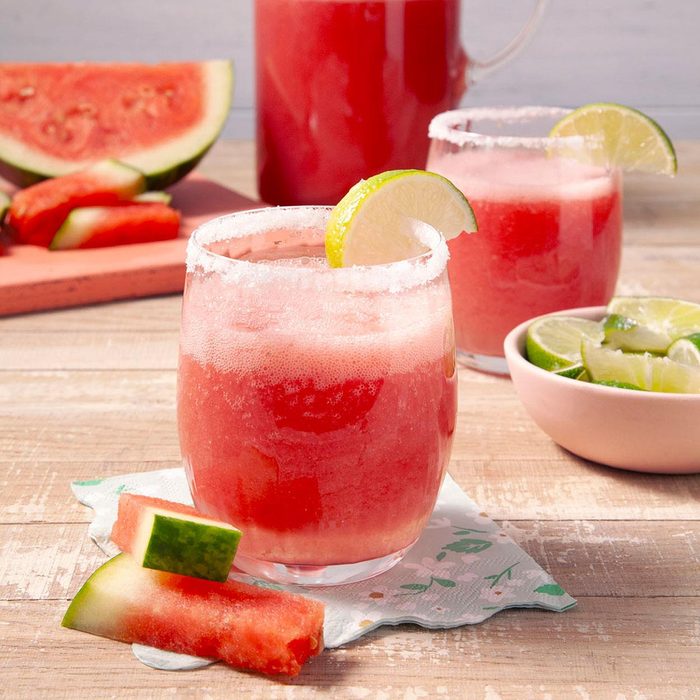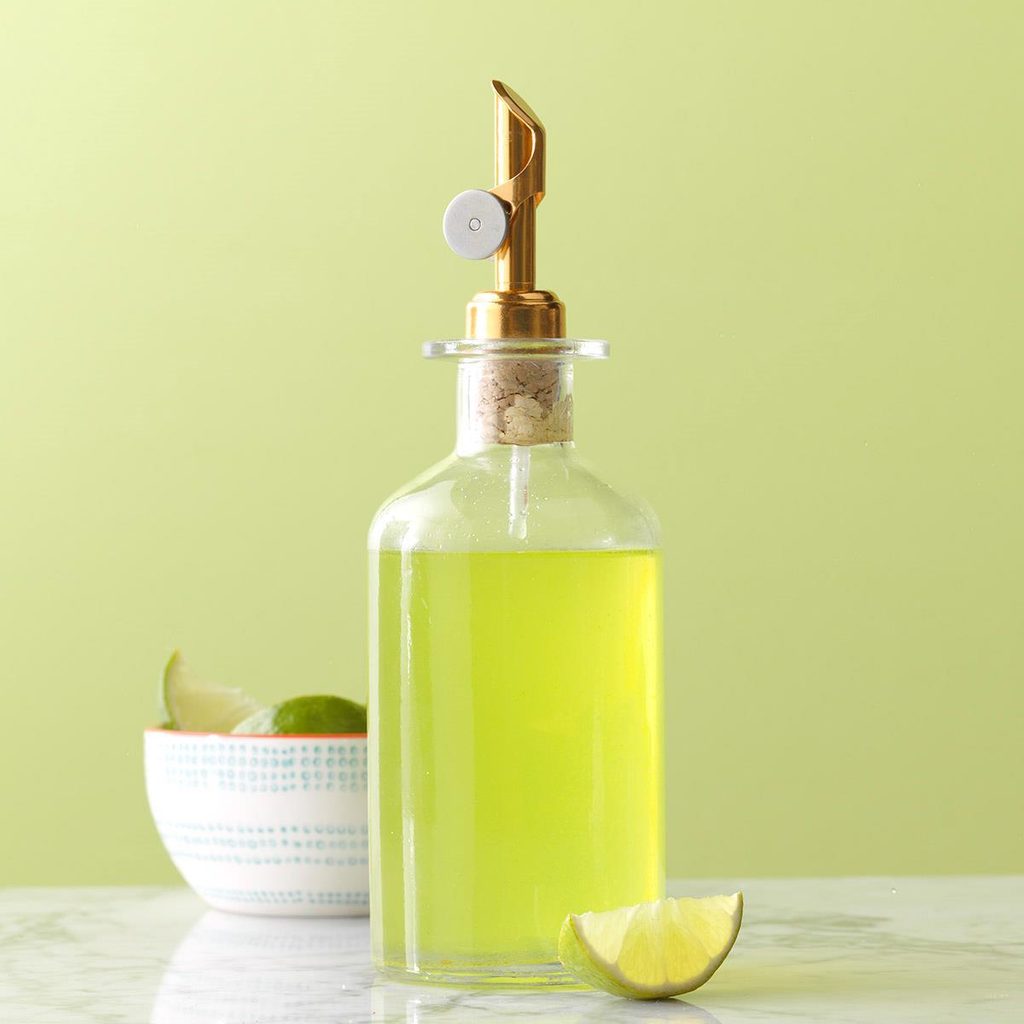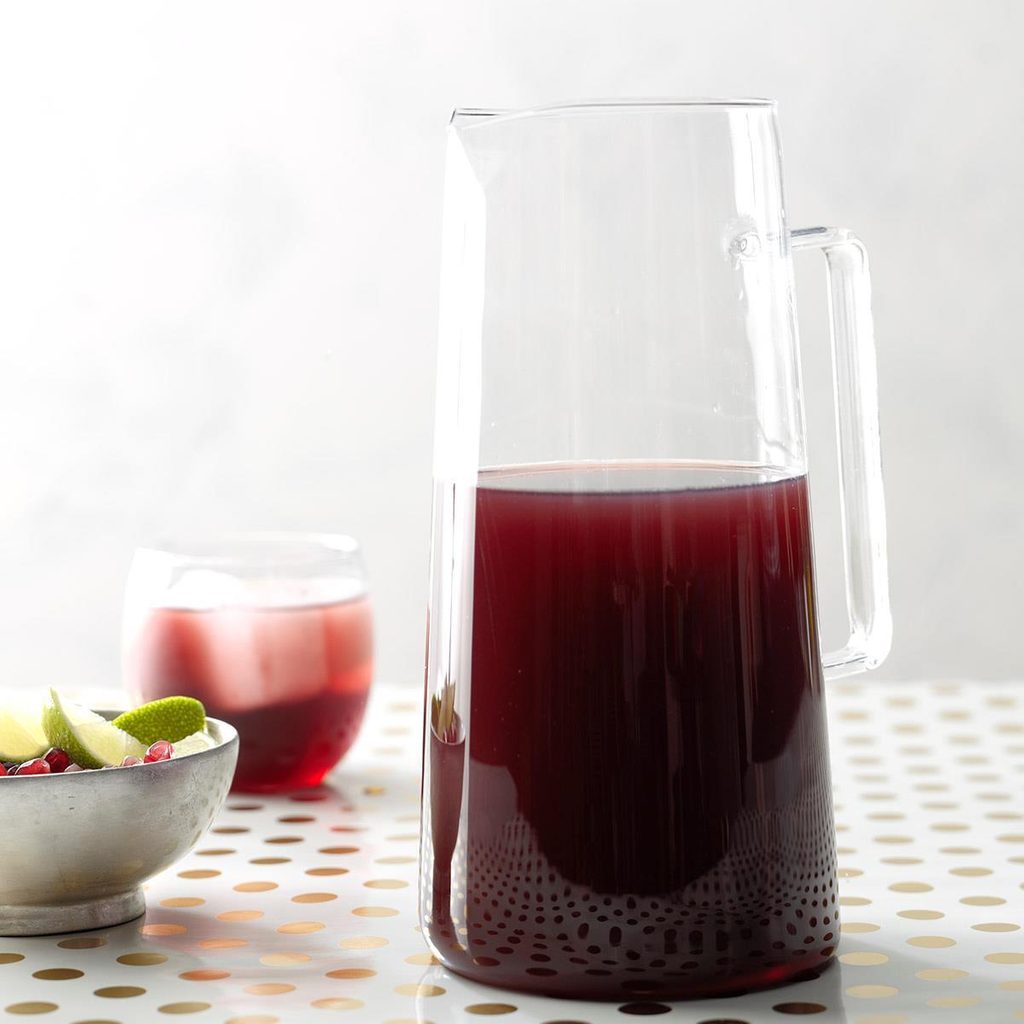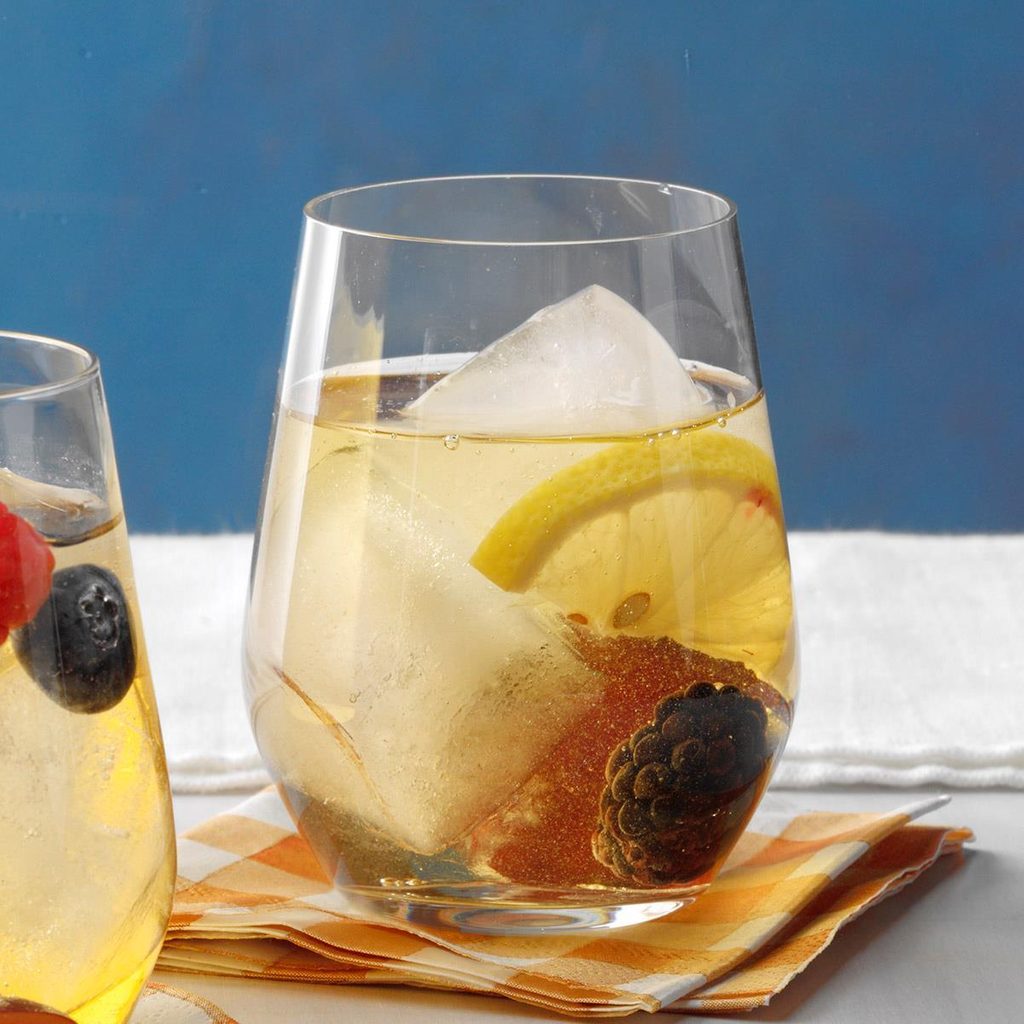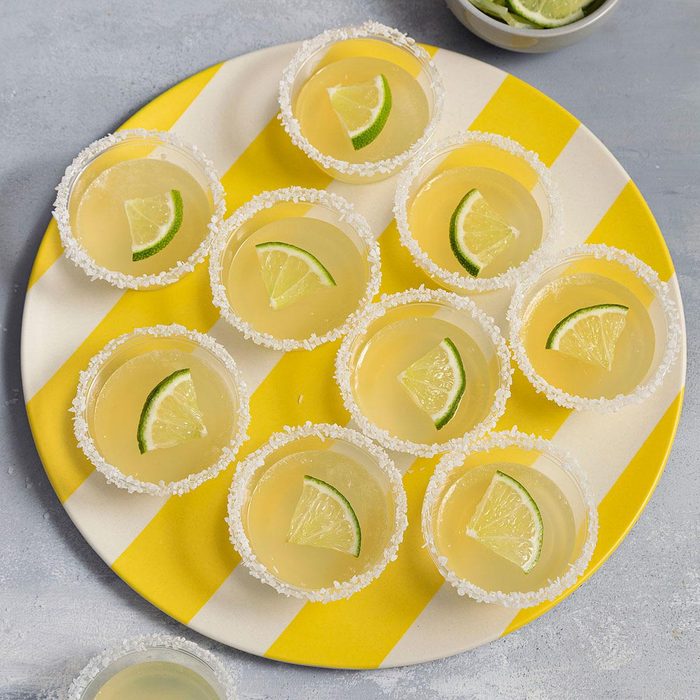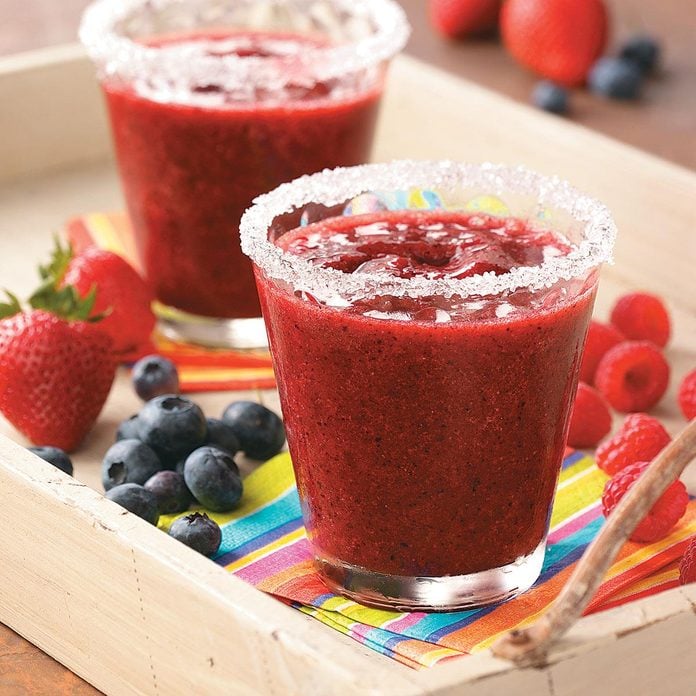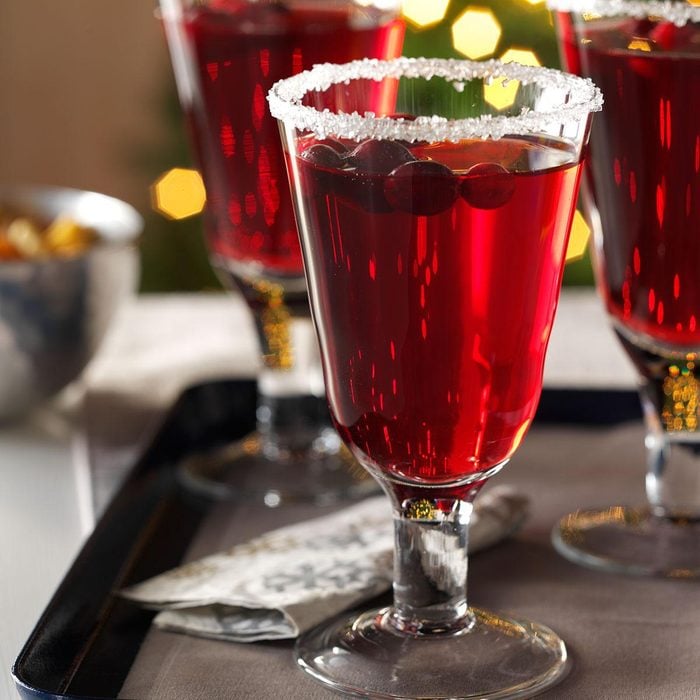In a cocktail, as a shooter or as a spirit to sip on, tequila in all its forms remains super popular. It’s not hard to find a good tequila, either. But there’s more to tequila than meets the eye. You might be surprised to learn how tequila is made and what types of tequila you can buy.
Mix yourself a margarita on the rocks—it’s time to learn all about tequila.
What Is Tequila Made From?
Tequila is a type of mezcal, a spirit produced from agave. Unlike mezcal, which can be made from a number of different agave varieties, tequila is only made with Weber’s blue agave or agave tequilana. Confused? It’s kind of like how all scotch is whiskey but not all whiskey is scotch.
The blue agave thrives in Mexico, in the highlands of Jalisco. It takes over seven years to reach maturity! Once mature, agave farmers (called jimadors) harvest the large succulents by removing the leaves and exposing the hearts (or piñas) which are sent off to a distillery.
How Is Tequila Made?
The process starts as the piñas bake in special ovens. This converts all the starch in the piñas into sugar—a must for fermenting into alcohol. The next step is shredding and pressing the piñas, releasing all the sugars. Many producers add yeast to kick off fermentation, though some allow native wild yeasts to get things going. This juice ferments for up to four days before being distilled to reach the minimum alcohol content required by law. From here, the tequila is either bottled or aged.
Tequila can only be produced in five states in Mexico: Jalisco, Michoacan, Nayarit, Guanajuato and Tamaulipas. Most tequila is made in Jalisco, where the sandy soil is ideal for growing blue agave. (It’s also where you’ll find the town of Tequila.) Learn how to make a tequila old-fashioned.
Tequila Styles 101
There are several different styles of tequila to know. Below you’ll find the main types of tequila and the best way to enjoy them:
- Blanco: If you’re mixing up a few tequila cocktails, blanco is your best bet. This is the youngest tequila style, which can be bottled immediately after distillation or rested for a maximum of two months. Doing a shot of tequila? Blanco is the way to go. They’re great for cooking with, too.
- Joven: Joven is a mix of unaged tequilas (or occasionally aged and unaged). It’s made in the same way as blanco and gets its pretty golden hue from coloring. It’s inexpensive and is a winner in cocktails.
- Reposado: Reposado and other tequilas that see aging are darker in color than their blanco and joven counterparts. They also have a richer flavor thanks to time spent in barrels. Tequila must age for at least two months to meet the requirements for reposado.
- Añejo: Añejo is the next step up, with the spirit needing a year of aging to qualify for the classification. It usually spends between one and three years in barrel. This is a sipper, not a shooter, and makes a fantastic introduction to high-end tequila.
- Extra Añejo: Like añejo, extra añejo is a sipping tequila, the same way you’d enjoy a glass of whiskey neat rather than in a cocktail. Expect a smooth profile and hint of toast and wood in a glass of extra añejo.
Editor’s Tip: Planning on pouring yourself a few ounces of reposado or añejo? Serve it neat or over ice to experience all the nuances in your glass.
When you’re ready to put a spin on a tried-and-true classic, try one of these next-level margarita recipe upgrades and other pairings for what to mix with tequila.
Our Best Margarita Recipes
Classic MargaritaA classic margarita recipe doesn't need anything other than
tequila, Triple Sec and fresh lime juice. When you're making the cocktail, make sure you squeeze the limes correctly for the ultimate freshness. —James Schend,
Taste of Home Deputy Editor
Texas Red River MargaritasWhen I lived in Texas, I decided to create a cocktail that represented my new home. I've found that blood orange juice works just as well as the grapefruit juice in this spicy margarita recipe. —Danny Schneider, Omaha, NE
Amaretto MargaritaWith this amaretto margarita, add a touch of Italian flair to the classic lime drink. —James Schend,
Taste of Home Deputy Editor
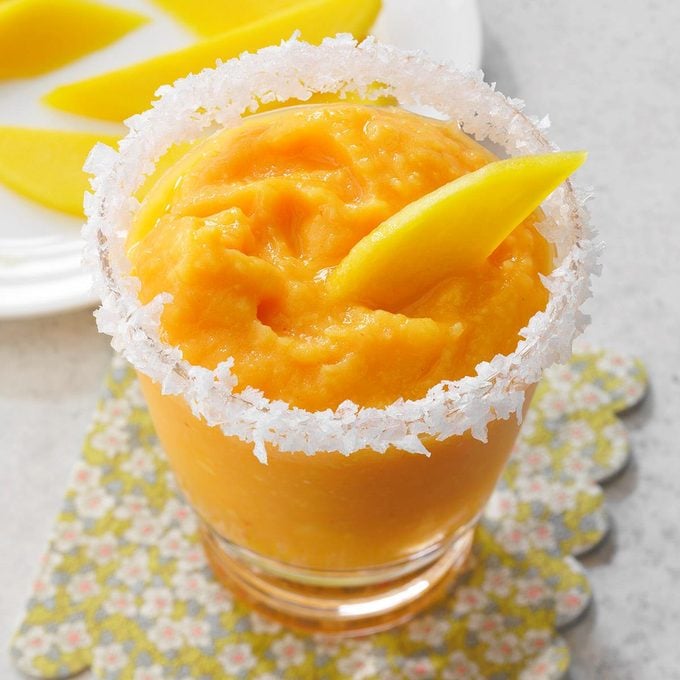 TMB STUDIO
TMB STUDIO
The sweetness of the fruit helps offset the spiciness of the Sriracha, giving this mango margarita a unique and fun twist. —James Schend, Taste of Home Deputy Editor
Get Recipe
Frozen Margarita MousseWho doesn't love a frozen margarita? This creamy frozen mousse combines ready-to-drink margarita mix and whipped topping (you could use this
whipped topping substitute instead). It's easy to put together and the freezer does all the work. Garnish with additional crushed pretzels and kosher salt to enhance the sweet and salty flavor. —Debbie Glasscock, Conway, Arkansas
Grapefruit Margarita
When you add a drizzle of grenadine to your finished grapefruit margarita, it sinks to the bottom of the glass, creating a beautiful sunset look. —James Schend, Taste of Home Deputy Editor
Get Recipe
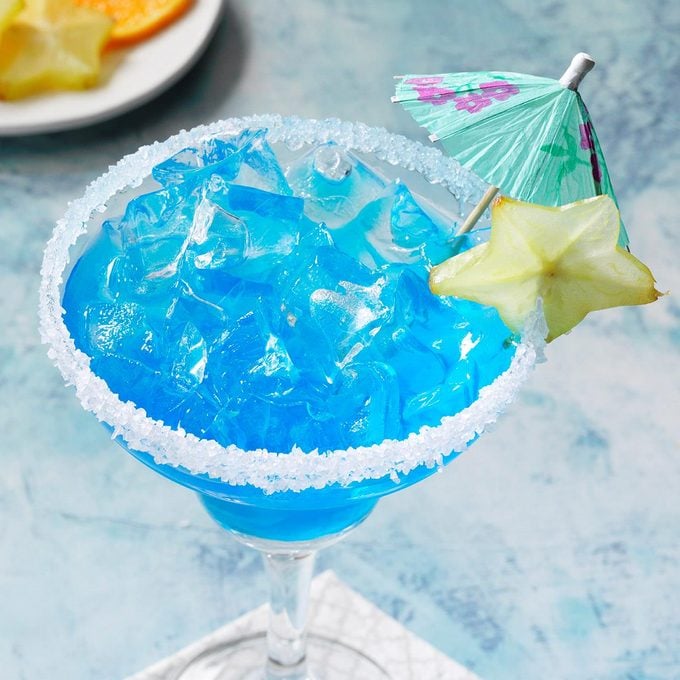 TMB STUDIO
TMB STUDIO
For a fun spin on a classic cocktail, substitute Blue Curacao for Triple Sec. The vibrant blue margarita will make you think you're on the shores of the Caribbean. —James Schend, Taste of Home Deputy Editor
Get Recipe
Frozen Ginger-Raspberry MargaritaGinger and lime form a wonderful flavor combination, so I thought I'd try adding them to my raspberry margarita. This cocktail is perfect for spring or summer parties. —James Schend,
Taste of Home Deputy Editor
Margarita FloatsOn a hot afternoon, what could be better than a cold margarita float? The addition of creamy ice cream really takes this treat to the next level. —Teri Rasey, Cadillac, Michigan
Blue Lagoon MargaritasThis is one super drink that'll have the neighbors asking, "What's that?" Show them and make an extra batch to share. —Willie DeWaard, Coralville, Iowa
Refreshing Beer MargaritasI'm always surprised when people say they didn't know this drink existed. It's a really refreshing cocktail, and it's easy to double or triple the recipe. —Arianne Barnett, Kansas City, Missouri
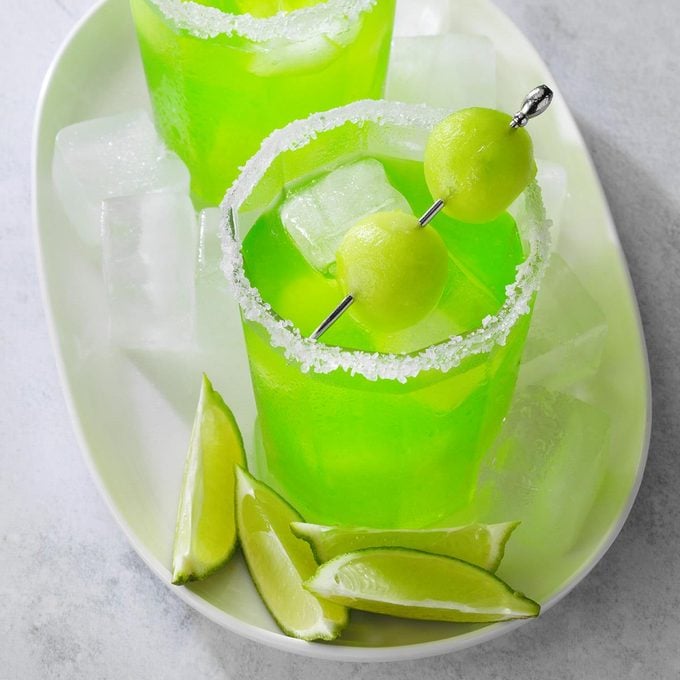 Taste of Home
Taste of Home
Melon liqueur dramatically changes the flavor and color of a classic margarita and also makes it sweeter. If you'd like your melon margarita a little more tart, cut back on the liqueur just a tiny bit. —James Schend, Taste of Home Deputy Editor
Get Recipe
Frozen Coconut Margarita
Take your cocktail to the tropics with this coconut margarita. It's very refreshing! —James Schend, Taste of Home Deputy Editor
Get Recipe
Frozen Strawberry-Basil MargaritaFresh, fruity and oh, so cool, this strawberry-basil margarita may be the perfect summer cocktail. —James Schend, Dairy Freed
Fresh Lime MargaritasThis basic fresh margarita recipe is easy to modify to your tastes. Try it frozen or with strawberries. —Taste of Home Test Kitchen
Watermelon MargaritasSummer’s best flavors get frosty in the cocktail we serve at all our backyard shindigs. We mix sun-ripened watermelon and our favorite
tequila drink with just the right amount of ice for a thick and boozy sipper that’s perfect when we’re grilling and chilling.—Alicia Cummings, Marshalltown, Iowa
Margarita Snow Cone SyrupI've tried pretty much every kind of margarita under the sun, but this snow cone version turns my favorite drink into even more of a party. —Monique Perez, Chicago, Illinois
Frozen Cherry MargaritasWhen summer rolls around, I start thinking about all the fun drinks I can whip up to stay cool. This frozen cherry margarita is a favorite of mine. It's so delicious, and the deep red color is amazing. —Crystal Jo Bruns, Iliff, Colorado
PomgaritasPomegranate juice gives a tart and tasty twist to the traditional margarita. The ruby color is great for Christmas, but we enjoy the refreshing beverage all year long.—Bernice Knutson, Danbury, Iowa
Margarita SangriaThis sangria is reminiscent of a margarita with its tequila and agave kick! —Andrea Rivera, Westbury, New York
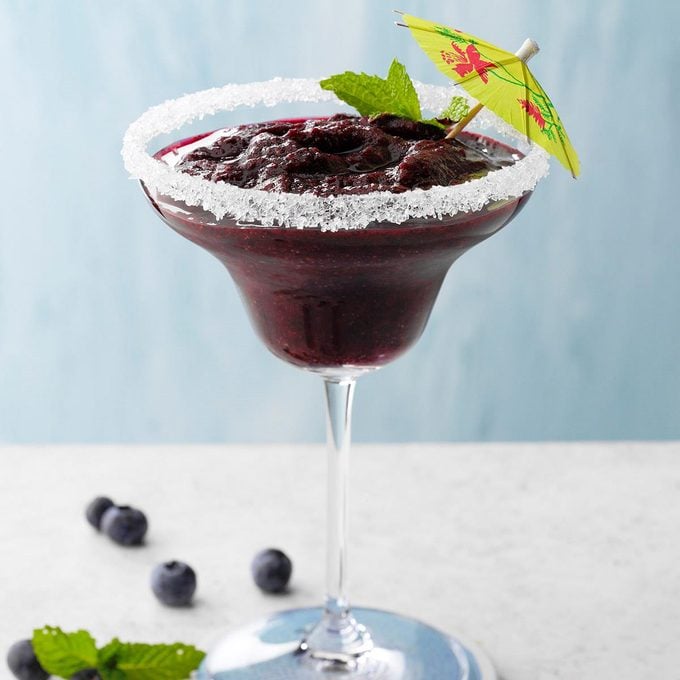 Taste of Home
Taste of Home
Refreshing and fruity, you need a frozen blueberry margarita in hand this summer. —James Schend, Taste of Home Deputy Editor
Get Recipe
Margarita Gelatin ShotsEveryone's favorite cocktail becomes a celebratory shot! Serve this margarita gelatin shot recipe in shot glasses garnished to look like mini margaritas or, for a fun twist, pour the mixture into hollowed-out lime halves, chill and then slice into wedges. —
Taste of Home Test Kitchen
Frozen Lemon-Berry MargaritasI like to cool down with this absolutely fantastic
frozen margarita recipe. It's slightly icy, thick and perfect for when you need a break. —Julie Hieggelke, Grayslake, Illinois
Cranberry Pomegranate MargaritasI came up with this beverage to serve at holiday celebrations for a festive twist on the traditional
cranberry margarita. It's light and refreshing, and looks beautiful with sugar crystals on glass rims. —Mindie Hilton, Susanville, California
